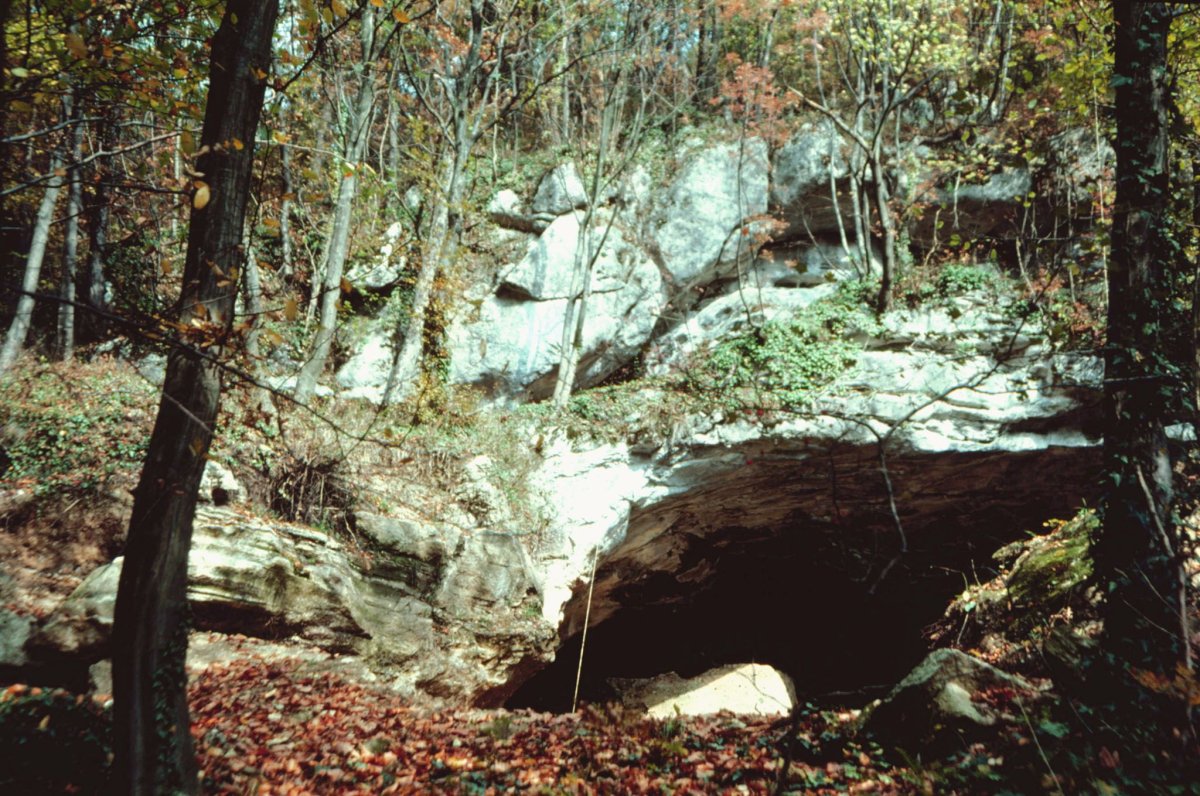
Scientists have sequenced the genome of a female Neanderthal that died about 50,000 years ago in Croatia. It's the fifth successful Neanderthal genome sequencing, and only the second one of high quality, according to the results published today in Science. It is also much closer to the Neanderthals that would have bred with the ancestors of modern humans, which means scientists can get a better sense of how Neanderthals and humans interacted.
"The techniques border on magic; it's really fantastic that you can get DNA out of things this old," Richard Green, a genome biologist at the University of California Santa Cruz, who has worked with members of the team before but was not involved in this study, tells Newsweek. He adds that eventually, with more of this work, individual Neanderthal genomes will become mundane, "but I think we're far from that point now."
The new genome was pulled from one of 19 bones discovered in 1980 at what's called Vindija Cave in Croatia. Originally, the scientists, who are based at the Max Planck Institute for Evolutionary Anthropology in Germany, didn't even realize the bone belonged to a Neanderthal, since it was just a splinter.

But after the team found Neanderthal DNA, they tested 12 sections of the bone to identify the best source of genetic material. They also ran tests that determined the bone was about 50,000 years old. Once the new genome was sequenced, the team was able to compare it both with the other existing Neanderthal genomes and with their human equivalents.
"This Neanderthal is quite a bit closer to the Neanderthals that mixed with ancestors of present-day Europeans," Svante Paabo, co-lead author on the paper and director of the Max Planck Institute for Evolutionary Anthropology, tells Newsweek.
The new genome is particularly valuable because the only previous high-quality genome came from a Neanderthal living more than 120,000 years ago in Siberia. Although that genome indicates the Neanderthal's parents were half siblings, that's not the case with the new genome, suggesting Neanderthal populations might not have been quite as inbred as previously suspected.
But Neanderthals were definitely a fairly small population, the authors conclude from the analyses. "What's more surprising to me is actually how closely related the Vindija Neanderthal is to the Altai Neanderthal," Kay Prufer, co-lead author on the paper and computational geneticist at the Max Planck Institute for Evolutionary Anthropology, tells Newsweek. "They are definitely from different times and they are also separated by thousands of kilometers [more than 3,500 miles] in space."
The authors calculated the effective population size for Neanderthals—the number of individuals that actually reproduce—at about 3,000. "That's of course a very theoretical estimate," Paabo says. "But Neanderthals are even more extreme in that regard" than modern humans, which have an effective population about three times as large—which is still low compared to our primate relatives.
But the new genome doesn't just shed light on Neanderthals and their population dynamics: It also gives scientists a much better look at where Neanderthals and modern humans intersected. That's because it is both more recent and from a more central part of the Neanderthals's range than the older Siberian sequence.
"This allows us to redefine again the regions of our genomes as modern humans that come from Neanderthals," Lluis Quintana-Murci, a geneticist at the Pasteur Institute not affiliated with the study, tells Newsweek. "Thanks to this new Neanderthal sequence, the authors have shown that in our genomes, there's more Neanderthal DNA than previously thought." In particular, they isolated a handful of new genes that we appear to have inherited from Neanderthals, including genes that appear to influence how the body processes LDL or "bad" cholesterol, vitamin D, and fat.
"Having a deep understanding of disease etiology is always useful, but not always in ways that are predictable," Green says, adding that it's particularly valuable in the case of conditions that are tied to a large number of genes. "I suspect there's a lot more work to be done in this area, and that's what I'm really excited about."
But even if there is no immediate payoff from better understanding the genes we inherited from Neanderthals, Paabo argues it's important to keep sequencing what genomes we can find from their remains, since genetically speaking, Neanderthals are 10 times more similar to humans than chimpanzees. "It's really them we should compare ourselves to," Paabo said.
Uncommon Knowledge
Newsweek is committed to challenging conventional wisdom and finding connections in the search for common ground.
Newsweek is committed to challenging conventional wisdom and finding connections in the search for common ground.
About the writer
Meghan Bartels is a science journalist based in New York City who covers the science happening on the surface of ... Read more
To read how Newsweek uses AI as a newsroom tool, Click here.








